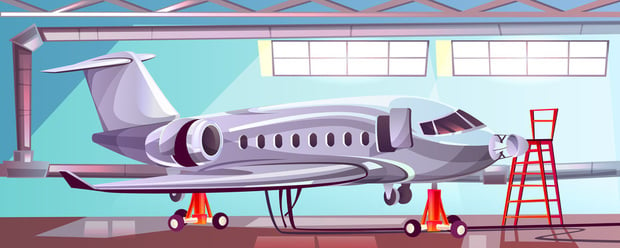A growing issue in the general and business aviation community is the conduct of illegal charters. Two common causes are improper aircraft leasing structures and the misapplication of certain commercial-operation exemptions found under the federal aviation regulations (the “FAR,” as found at 14 C.F.R. parts 1-199, with the “Sections” and “Parts” noted below referring to these rules). The Federal Aviation Administration is increasing its oversight of this issue, in some cases proposing significant civil penalties. So when does an illegal charter occur and what may happen as a result?
The operator of an aircraft is generally either the aircraft’s registered owner or a lessee of that aircraft from the owner. The key question regarding leases is who has operational control of the aircraft? If the owner has retained operational control (with the primary test being whether that lessor is providing both an airplane and pilots, either directly or indirectly), then the FAA considers the lease to be a “wet lease.” If the lease is a mere equipment lease and the lessee has assumed operational control, then it is a “dry lease.”
This content has been archived. It is available through our partners, LexisNexis® and Bloomberg Law.
To view this content, please continue to their sites.
Not a Lexis Subscriber?
Subscribe Now
Not a Bloomberg Law Subscriber?
Subscribe Now
LexisNexis® and Bloomberg Law are third party online distributors of the broad collection of current and archived versions of ALM's legal news publications. LexisNexis® and Bloomberg Law customers are able to access and use ALM's content, including content from the National Law Journal, The American Lawyer, Legaltech News, The New York Law Journal, and Corporate Counsel, as well as other sources of legal information.
For questions call 1-877-256-2472 or contact us at [email protected]







